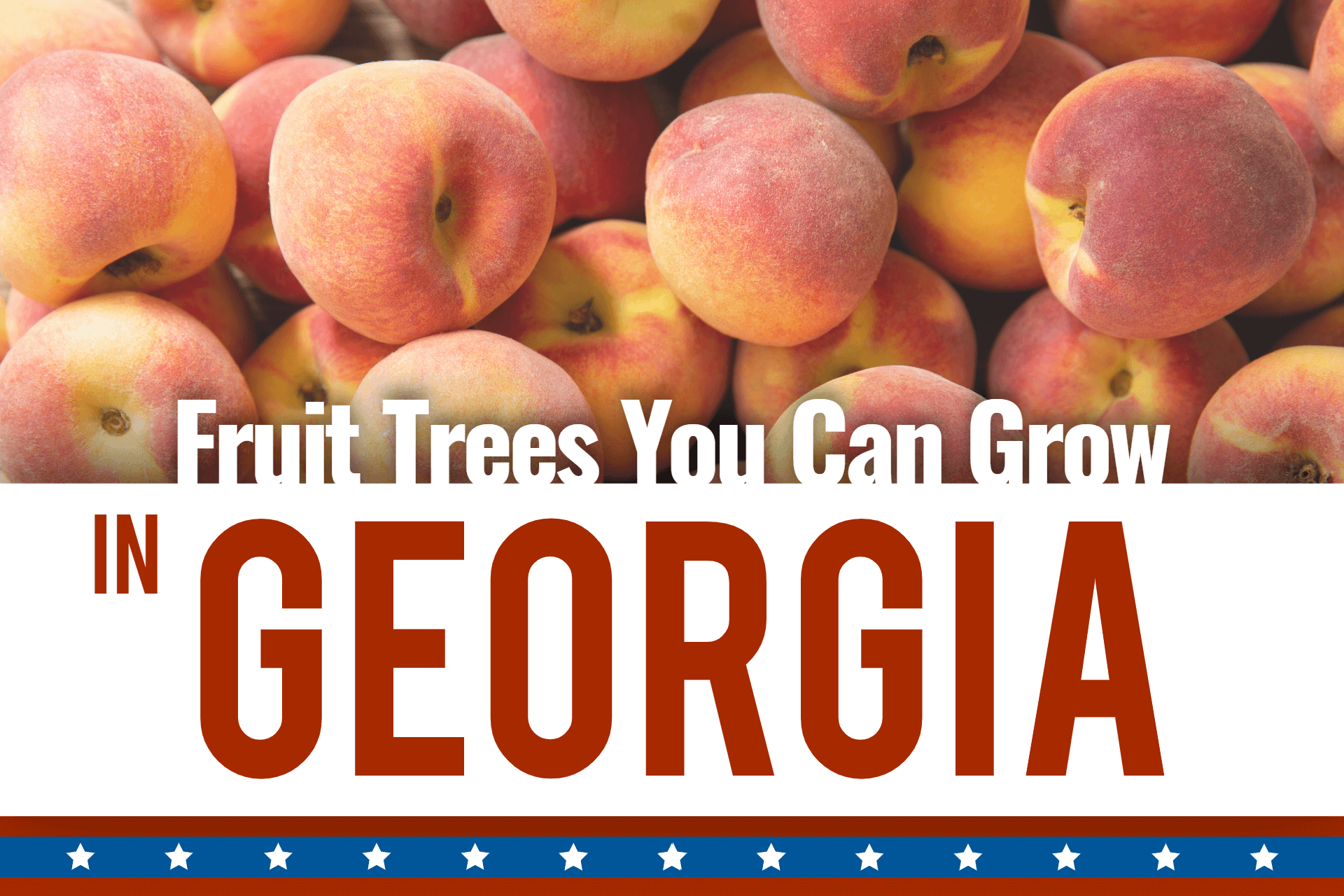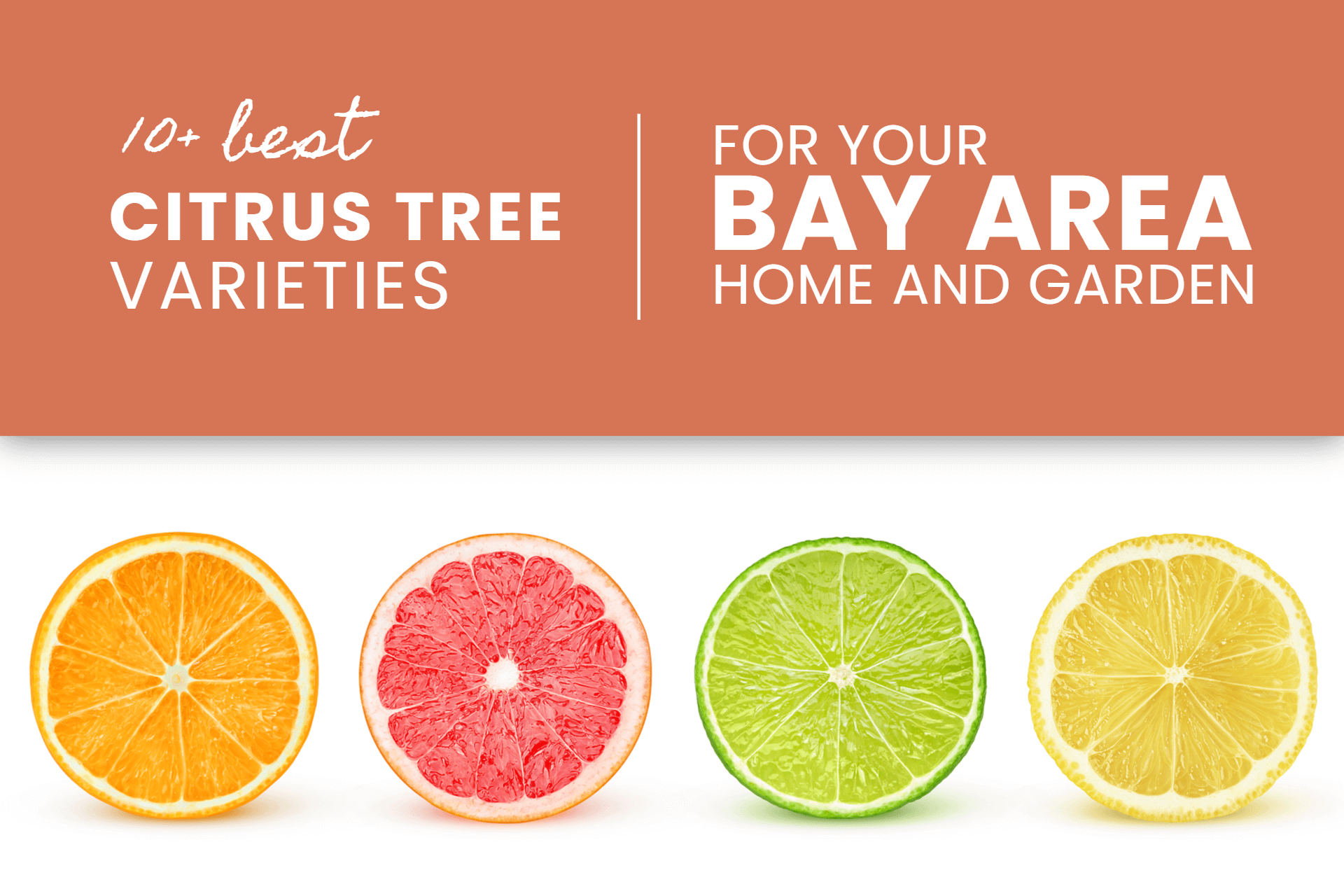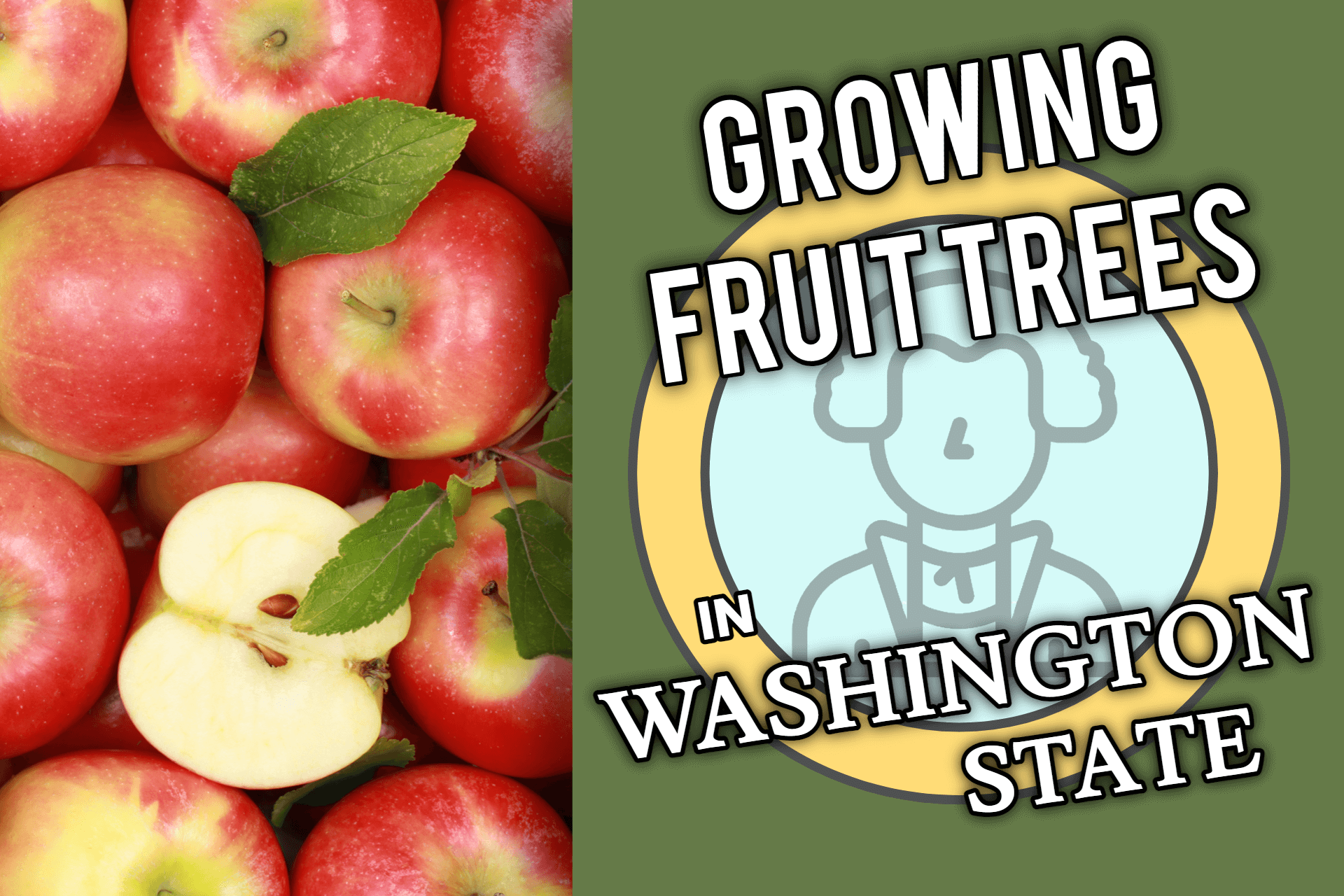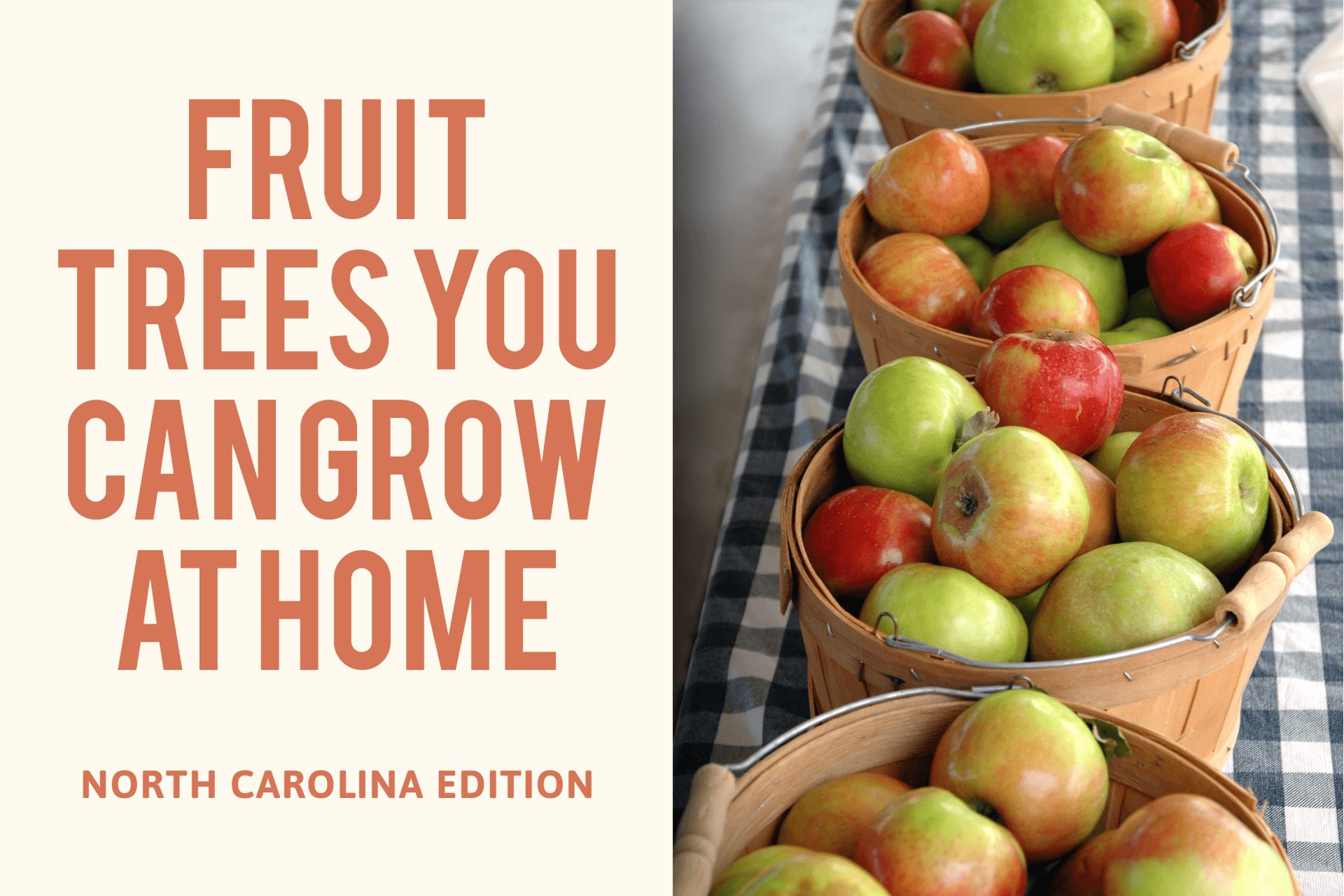Georgia is one of those special corners of the world where you can grow almost anything you want. Warm enough in the southeast for Citrus, and cold enough in the northwest for your crisp, juicy apples. We can't forget about the peaches either! Learn more about what grows well in Georgia...
Citrus Trees: Bearss Lime, Owari Satsuma Mandarin, Eureka Lemon, Calamondin / Calamansi, Nagami Kumquat, Clementine Mandarin
Georgia growers can enjoy excellent homegrown citrus year-round so long as they select the right varieties and growing methods. To begin, let's draw a line from Albany to Savannah. Now if you are south of this line, growing outdoors in the ground or in containers are great options. If are north of this line, your winters are too cold and your best bet for long-lived citrus is going to be container-grown citrus trees that need to brought indoors and placed in a nice south-facing window for the winter. Of course, this is not some hardline rule and you know your micro-climate best so adjust the line accordingly. The goal no matter where you are is to protect your citrus tree from sub-freezing temperatures.
For our growers up north, there are hard truths to growing citrus in colder climates. One of those truths is that without lots of sun and heat, you won't get sweet fruit no matter what variety you choose so lemons and limes are your friends. Our indoor growers will want to check out this Guide to indoor citrus growing for some expert information.
Blueberry Bushes: Reveille(400hr), Emerald(250hr), O'Neal(200hr), Misty(150hr), Jewel(200hr), Sharp Blue(200hr)
Okay, this isn't a tree but it's another delicious deciduous fruit that will produce fruit for years to come. All of the varieties listed above are part of a family called Southern Highbush berries. This family of blueberry bushes was bred to perform in climates all over the south. They require a lower number of chill hours to produce a good crop of fruit compared to Northern High Bush varieties. They love humus-rich soil that is acidic and the more actively breaking down, the better. This can be hard to simulate but with regular fertilizing during the fruiting season, your Blueberry bush will thrive. This is one of the only plants on this list that prefers to have constantly wet soil.
Cane Berry Vines: Black Satin Thornless Blackberry, Fall Gold Raspberry, Heritage Red Raspberry, Willamette Red Raspberry
Cane berries perform extremely well in the warm southeastern climate. There are two main types of cane berries, Some grow on erect canes that don't require trellising and others are trailing canes that do require trellising. Other than a possible trellis, maintaining Raspberries and Blackberries is relatively easy. They require minimal water and feeding once established, some light pruning of the frost-damaged limbs in the spring will help keep your vines healthy and regulate growth. You want to give your vines the best chance at success by planting your vine in well-draining soil and or by amending your existing soil with a 50/50 mix of compost and potting soil.
Grape Vines: Flame Seedless(100hr), Black Monukka Seedless(100hr), Ruby Seedless(100hr), Thompson(100hr), Concord(100hr), Chardonnay(100hr)
A sunny south-facing hillside with well-draining, loamy soil is a recipe for great grapes in Georgia. Growing in the lower elevation of mid-south Georgia is not recommended as cold air tends to sit in these areas. Growers in The Mountain area and upper Piedmont area should have no problem growing so long as you follow a formal spraying program to protect from disease and insects that will ravage your crop. Unfortunately, the humid climate introduces firm disease and pest pressure that is not to be ignored or left untreated. Grapevines are by no means heavy feeders but a light dose of fertilizer in the spring and summer will boost your crop.
Olive Trees: Arbequina(300hr), Mission(300hr), Maurino(300hr), Sevillano(300hr)
Growers in warmer southern Georgia from Albany to Savannah should have no problems growing the olive. These are drought-tolerant(not that a lack of water is an issue) trees that love warm weather but can't stand the cold. The ideal planting location is a spot in the yard with well-draining soil, a nice south-facing side of the yard that gets a full 8+ hours of sun per day. Growers in the central and northern regions of Georgia can also enjoy a lovely olive tree so long as they grow in a container and can bring the tree indoors by a nice sunny window for the winter if temperatures drop below 15°F as these temps will damage your tree. Check out our Olive Tree Growing Tips for more information.
Persimmon Trees: Fuyu/Jiro(200hr), Chocolate(200hr), Coffee Cake(200hr), Hachiya(200hr)
Persimmon trees produce large fruitful trees that will feed you for years to come. The persimmon tree once established requires minimal feeding or watering with its large taproot-type root system. These trees tend to fruit biennially due to their heavy crops. Thinning can help mitigate fruit set and reduce the chance of biennial bearing. When deciding the right Persimmon tree for your yard, keep in mind that Asian varieties are self-fertile while the American native varieties require a pollinator so pick two different ones if you want a decent fruit set. There are not special planting requirements for these hardy trees. Just find a sunny spot in the yard that has well-draining soil and lots of sunlight.
Apple Trees: Honeycrisp(900hr), Pink Lady(400hr), Fuji(500hr), Granny Smith(400hr), Gala(500hr), Anna(200hr), Golden Delicious(700hr)
Growing apple trees in Georgia is doable but with the humid climate, a regular spraying program will be necessary to combat fungal and pest issues if you expect a good crop. Apple trees require plenty of sunlight, well-draining soils preferably balanced loam soil, and a soil ph near 6.5. Since natural Georgia soils have a ph lower than this, most commercial growers will often amend their soils with lime to increase the ph. Keep in mind when selecting your tree variety that you do not select a variety that requires more chill hours than your climate will provide. Check with your local ag extension office to see exactly how many chill hours your micro-climate can provide. When planting your new apple tree, make sure that the graft line is at least 6" above the native soil level.
Pear Trees: Bartlett(550hr), 20th Centruy(350hr), Multi Budded(500-800hr), Warren(600hr), Comice(600hr), Shinseiki(300hr), D'Anjou(800hr), Hosui(350hr)
Both Asian Pears and European Pears can be grown in Georgia with the right tree care program. Much like their apple cousin, pear trees will produce lovely crops in the state so long as you protect them from pests and diseases brought on by the humid climate. Choosing the correct location and a regular spraying schedule is of utmost importance for a long-lived pear tree. A location with full sun and loamy soil that is balanced sand, clay, and organic matter is ideal. If your planting location is high in either clay or sand, a heavy dose of compost and mulch should be applied to the planting site to help equalize the water retention and drainage qualities of the soil over time. Plant your tree no deeper than the top of the root ball to avoid burying the tree below the graft line. Once planted, there are a variety of organic horticultural oils that can be applied to protect your tree from pests and diseases.
Jujube Trees: Li(150hr), GA 866(200hr), Honey Jar(200hr), Shanxi Li(200hr), Sugar Cane(150hr)
Growing jujube trees in Georgia is so easy! These hardy trees can thrive in a variety of soil types(so long as they drain well) and will produce a very unique piece of fruit. The Jujube fruit is best described as a plum-sized olive with the flavor and texture of a very sweet apple when ripe. Dried fruit can have a date-like taste and quality to it that makes for a delicious treat. These trees have no known pests or diseases to worry about in the US. This makes the Jujube one of the easiest trees to grow fruit trees you can buy. There is minimal pruning needed for jujubes though they do tend to have a lot of root suckers that should be removed as they tend to be more thorny than the main tree.
Guava Bushes: Strawberry Guava
The strawberry guava is well adapted to south Georgia where the temps are hot in the summer and winters are mild. Severe freezes will kill the guava but so long as the grown doesn't freeze as well, the bush will grow back come spring. Guavas can be pruned in a variety of shapes including single leader trees or bushy hedges depending on your preference. Regular watering and feeding is necessary until your bush/tree is established. These delectable red fruits have a creamy white pulp that is sweet and tart with a hint of strawberry essence. Strawberry Guavas will grow all over Georgia are a perfect choice for someone looking for an easy-to-grow plant that produces a tasty treat.
Fig Trees: Peter's Honey(100hr), Brown Turkey(100hr), Kadota(100hr), Purple Smyrna(100hr), Flanders(100hr), Excel(100hr), Black Mission(100hr), Violette De Bordeaux(100hr)
Fig Trees are a great addition to the Georgia garden. They prefer loamy, well-draining soil and a nice sunny spot in the yard. Growers as far north as Dalton can expect a decent crop from these hardy trees but there are some limitations. Fig Trees are also relatively low feeders and don't require much water. An annual top dressing of compost and mulch should be sufficient to keep your tree fed. Of course, you can also feed with a touch of Romeo Fertilizer if you want to give your tree a bit of a boost. Anyone growing north of Atlanta should expect some dieback but there are ways to mulch up the tree during the fall to reduce the amount the tree dies back. That said, so long as you protect the roots, the whole tree can die and it will come back from the base and fruit on the new growth. With all of the water and humidity, pests and diseases will be an issue so a regular spraying program with organic horticultural oils is recommended but not necessary.
Pomegranate Trees: Parfianka(150hr), Eversweet(150hr), Sweet(100hr), Wonderful(150hr), Ambrosia(150hr), Desertnyi(200hr)
Similar to figs, Pomegranates will grow great in Georgia but any temperatures below 10°F will damage the tree/shrub. The pomegranate starts spring off with an incredible performance of red-orange flowers but the late frosts and heavy spring rain mean that very few flowers make it to fruit. Pomegranates perform fairly well in a variety of soil conditions and oddly enough, this drought-tolerant plant is also tolerant of some flooding. While Pomegranates can be grown into upright trees, it is common practice to select 4-5 leaders and grow the tree into an open center shrub. Regular pruning is necessary to remove vigorous unneeded growth. Pomegranates set fruit spurs set on 2-3-year-old wood so avoid removing too much fruiting surface area while pruning.
(Stone Fruit) Peach Trees, Nectarine Trees, Apricot Trees, Plum Trees, Cherry Trees:
Georgia's long history of successful peach production is no secret. Though there are some helpful tips to consider when planting your next stone fruit tree. What is a stone fruit? Stone fruits include our favorite peaches, plums, nectarines, apricots, and cherries.
Growing stone fruit trees in Georgia can produce great crops of incredible fruit quality but selecting the proper planting location and a regular schedule of tree care will be needed. Stone fruit trees require a planting location with full sun (8-10 hr per day), well-draining loamy soil, and protection from the winter winds that can ravage your trees. If you are shopping for trees in the winter or fall you will likely end up taking home a bare root tree and your planting instructions will differ slightly from the traditional potted fruit tree. Check out our stone fruit planting guide for more information.
Once your stone fruit tree is planted, the wet/humid climate of Georgia is the perfect breeding ground for pests and fungal diseases so a regular spraying schedule will be necessary to protect your tree. Monthly feeding with Romeo fertilizer during the growing season will increase your tree growth during the season. Annual winter season pruning or post-harvest pruning depending on preference will be vital for a good crop the following season.
Protect your fruit trees from the hot summer sun and winter cold with Plant Guard tree paint and foliar spray.
Author: Israel Osuna
Source: https://extension.uga.edu/search.html?q=fruit+tree&refinement=publications#gsc.tab=0&gsc.q=fruit%20tree&gsc.page=1




